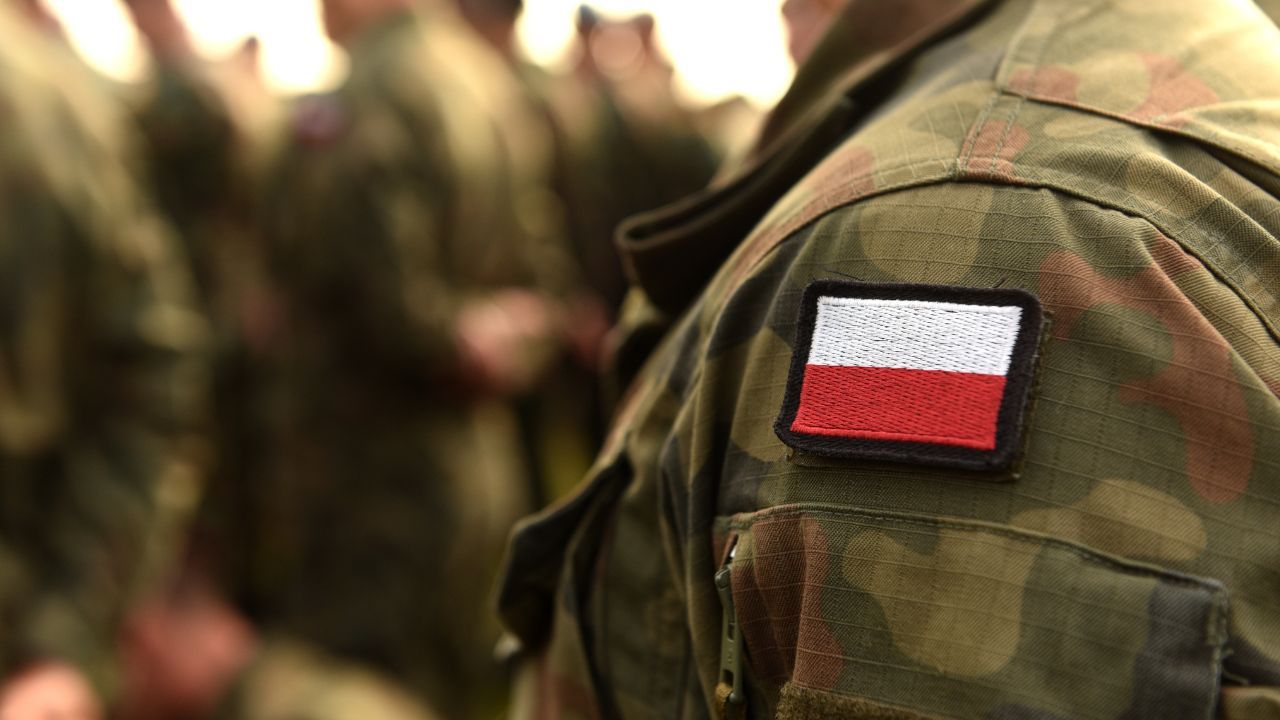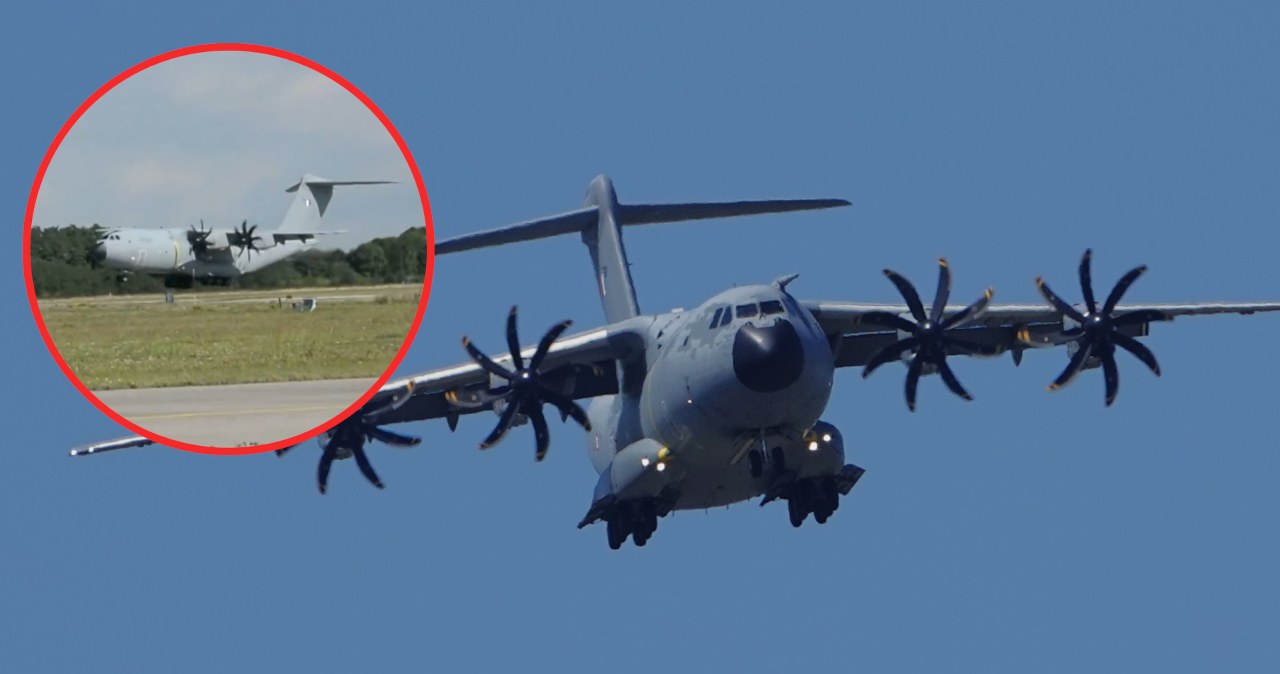Where 1 of the largest NATO training centres in Europe is located today, there erstwhile was a camp for displaced people and erstwhile prisoners of war. 1 of his memorabilia is the cemetery on which 240 Poles are buried. On the occasion of the “Combined Resolve” exercises, the soldiers from Zagania paid tribute to them.
– A fewer years ago, a tall grass and bushes grew here. During 1 of the visits to Hohenfels, our soldiers arranged the cemetery and paid tribute to the Poles. Since then we have tried to do this regularly – says Major Artur Pinkowski, spokesperson 11th Lublin Armored Cavalry Division. This time, too. Just a fewer days ago, the commander of the Zagan unit. General Dyw Piotr Fajkowski along with a group of his subordinates lit candles and laid flowers on graves. The fire besides ignited at the memorial of US Army soldiers, who liberated the Hohenfels located at the end of planet War II POW camp. – Poles remainder in different parts of the world. They are not only soldiers, but besides hard-experienced civilians. We effort to remember them wherever we are: in Breda, Normandy or here... – emphasizes Major Pinkowski.
The soldiers of the Lubuskie division have been coming to Hohenfels for respective years. The occasion for that is Multi-national exercises “Combined Resolve”. This year the officers of the Saigon play key roles in them. They formed a command that directs the activities of the brigades from the US, Norway and Romania. A full of 4,000 military students from respective countries practice at the Hohenfels camp.
Meanwhile, the local necropolis is not the only concern of the military. The members of the 16th Scouting squad of Zwirka and Wigura in Czyżowice in Silesia besides did a lot about this. “We came here for the first time in 2016”, recalls Bronisław Kwiatoń, a squad scout from Silesia. – It all started with global Intercamp reunions, to which scouts from all over the planet are coming. During 1 of these meetings, we met Americans. Their squad formed children stationed in Germany US Army soldiers. From word to word and we learned that in their territory, in Bavaria they have neglected Polish cemetery – he adds. The scouts went to the site, cleaned the area, carried out an inventory of graves, suspended a white-red ribbon on each, took photographs and made a short film. They returned to Hohenfels last year before 1 November. We came by bus, 40 people. We cleaned the area again. We were accompanied by American soldiers and scouts – explains Kwiatoń. As he adds, in order to even enter the field, scouts from Poland had to undergo time-consuming procedure. 2 weeks earlier, we sent accurate data to the local authorities. Then we went through a fewer checks... But it is definitely worth doing – the squad summarizes.
In Hohenfels, in the late 1930 ’ s, a field camp was established that served the German army. Then there was an Allied prisoner camp in the complex. In time, civilians besides began to scope him. Many of them were Poles. In April 1945, the Bavarian town was liberated by the 65th U.S. Army Infantry Division. However, the complex was not deserted. There was a transitional camp for displaced people – erstwhile prisoners, prisoners and forced workers, commonly called dipis (from English words displaced person). After the end of the war in western Germany, their number was estimated to be around 13 million. About 2 million of them were Poles. They besides lived in the Hohenfels camp, which they commonly called Lechow. The facility was initially run by the United Nations Administration for Aid and Reconstruction (UNRRA), then by the global exile Organisation (IRO). The hotel operated until 1949. any of its inhabitants returned to the country, any decided to stay in the West. any of them died. 240 of them rested at a cemetery located close here.

![Znowu drony?! Wystartowały myśliwce, wyły syreny [AKTUALIZACJA]](https://wpolsce24.tv/storage/files/2025/9/13/f72d7857-3965-45bf-b4fd-f5488074fdc9/my%C5%9Bliwce.webp)

![Russia is losing, besides in negotiations [Antti HAKKANEN]](https://wcn-media.s3.us-west-004.backblazeb2.com/2025/09/2imr1AU6-cqmqHUZg-forum-0726920729-1-768x512-1-1-1.jpg)







